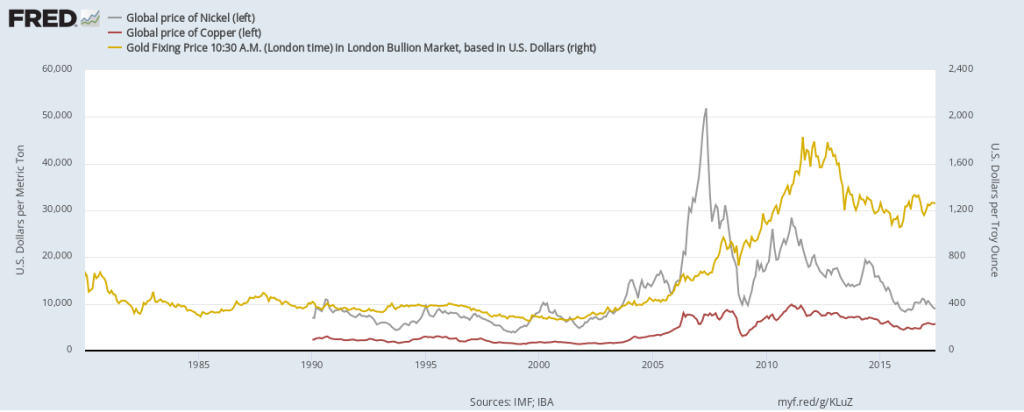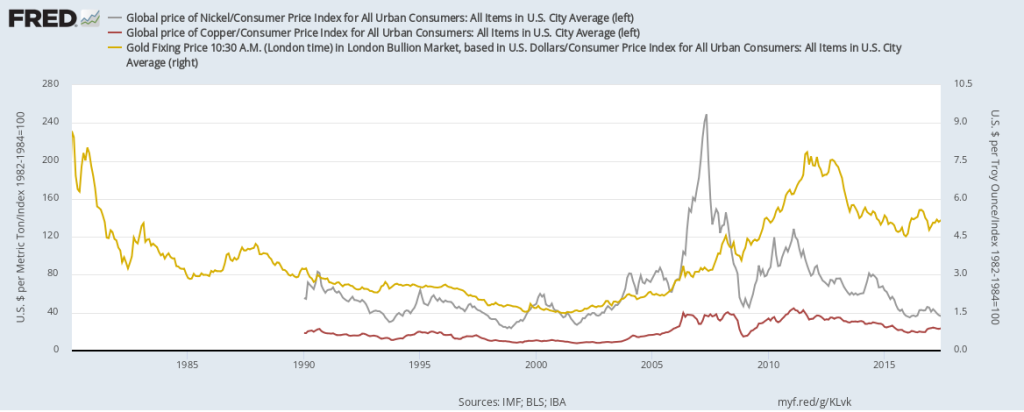We’ve all heard that Santa and his elves are wildly busy, especially through December, making toys and other gifts for the Christmas season. Can FRED tell us anything about how busy they are? As it turns out, FRED does have quite a bit of employment data on Santa’s neighborhood: Alaska! (Which includes the town of North Pole!)
Given the quantity of gifts distributed on Christmas eve and the size of Alaska’s economy, we reckon that Santa’s enterprise is a major player and that Alaska’s economy is a good proxy for what’s happening in Santa’s shop.
We’re sorry to say that Alaska’s employment data do not corroborate the story that Santa and his elves keep busy in December. The graph above shows the total number of employees in Alaska’s private businesses. This measure excludes government employees, but it’s reasonable to assume Santa isn’t part of the government.
What’s really striking about this graph is the strong seasonal pattern. Significantly more people work in some months than in others, and the differences aren’t small: There’s a 20% difference between the top and bottom in each year. If you look closely (either by shortening the sample size or by hovering over the graph), you see that January has the least employees, which is expected, since Santa has just finished the deliveries and is likely on vacation with the elves. But the top months are all in the summer. This means the elves aren’t scrambling right before Christmas, but instead have planned their production well ahead of time. The graph below tells a similar story, in that weekly hours worked follows the same pattern as the employment measure: They actually bottom out every December.
In conclusion, the story that elves are overworked making toys right up to Christmas is simply a myth.
How these graphs were created: Search for “Alaska private employment,” and both series will be among the choices. Choose on the monthly, not seasonally adjusted series.
Suggested by Christian Zimmermann.


